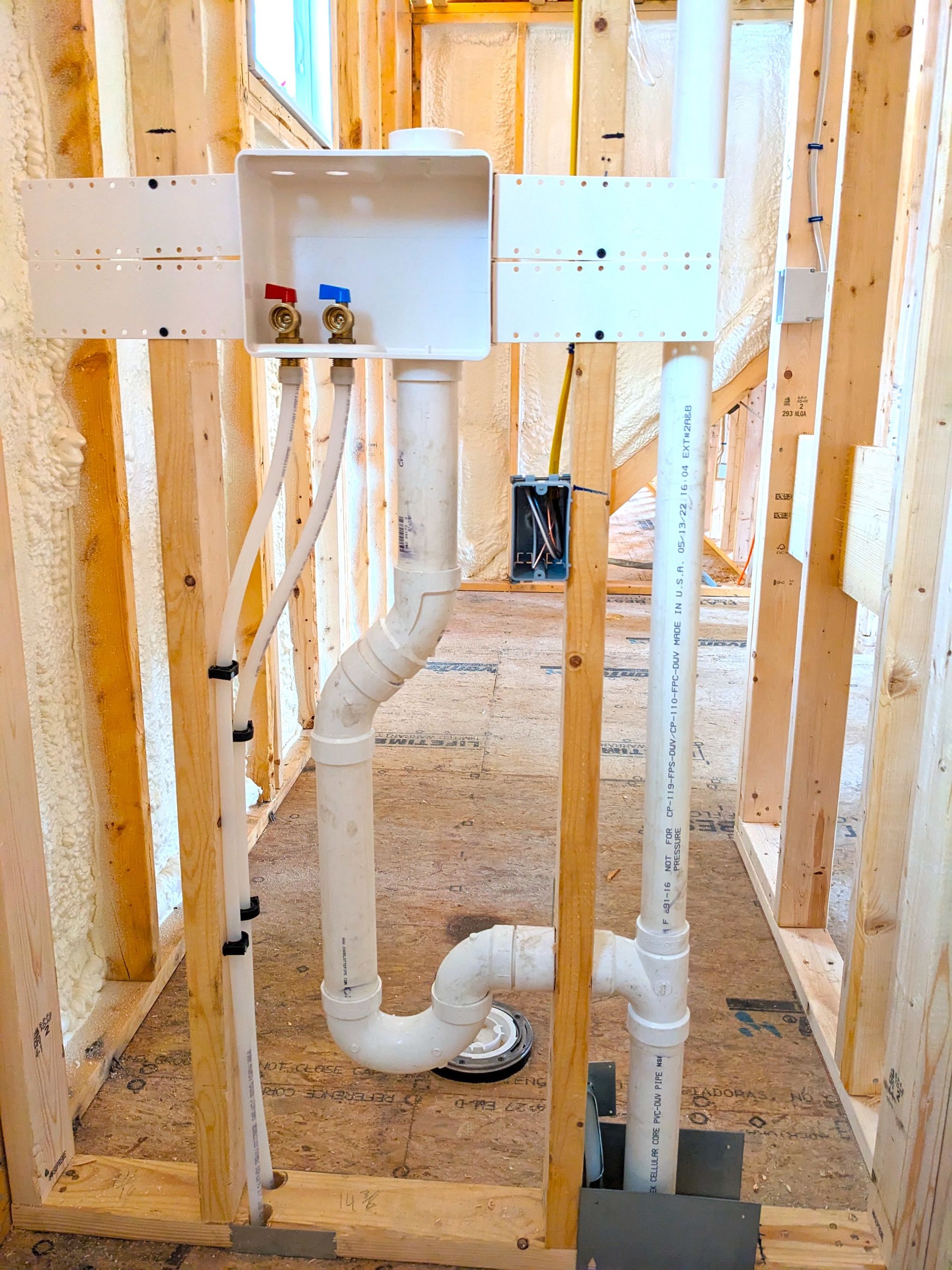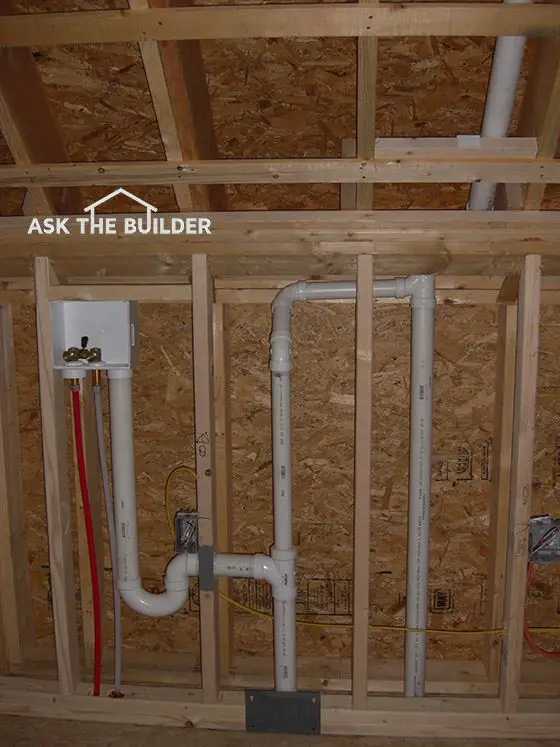The Reason Why Correct Ventilation is Key in Plumbing Systems
The Reason Why Correct Ventilation is Key in Plumbing Systems
Blog Article
We've discovered the article on Why Plumbing Air Vents Are Important listed below on the internet and believe it made good sense to quickly share it with you on this page.

Appropriate ventilation in pipes systems is usually ignored, yet it is critical for preserving the capability and security of your home's plumbing. Ventilation assists manage air pressure, avoid the buildup of unsafe gases, and make sure the efficient elimination of waste. In this guide, we will certainly explore the importance of proper plumbing ventilation, how it works, and the advantages it gives your pipes system.
Just How Air Flow Works in Plumbing Solutions
Air Pressure Guideline
Appropriate air flow keeps well balanced air pressure within the plumbing system. When water moves via pipelines, it displaces air. Without ample air flow, this displacement can develop unfavorable pressure, resulting in slow drains pipes or siphoning of water from traps, which can create unpleasant smells to leak into the home.
Preventing Sewer Gas Buildup
Among the most important functions of pipes vents is to prevent sewer gases, such as methane and hydrogen sulfide, from accumulating within the home. These gases can position serious health threats and are very flammable. Vent pipelines permit these gases to escape securely outside.
Aiding in Waste Elimination
Ventilation assists in the efficient elimination of wastewater by stopping airlocks in the drainage system. When air can flow freely via the vents, it permits water and waste to flow smoothly with the pipes, minimizing the danger of clogs and back-ups.
Benefits of Proper Ventilation
Enhanced System Effectiveness
Appropriately aerated pipes systems run more successfully, with fewer blockages, faster draining pipes, and less strain on the pipes. This efficiency expands the life-span of the plumbing system.
Improved Air Top Quality
By avoiding sewage system gases from entering your home, appropriate ventilation contributes to better interior air quality, making your living setting healthier and much more comfy.
Protecting Against Water Damage
Sufficient air flow helps stop water from being siphoned out of catches, which can result in sewage system gases getting in the home and causing water damage over time.
Steps to Guarantee Appropriate Ventilation
Consulting Plumbing Codes
Always speak with regional pipes codes when making or changing your pipes system. These codes offer the required guidelines for appropriate venting and ensure your system fulfills security standards.
Normal Evaluation and Upkeep
Routine evaluations can help recognize possible ventilation issues before they become major troubles. Maintenance tasks, such as cleaning vent pipelines and looking for obstructions, are necessary for maintaining the system in good working order.
Specialist Installation
For new installations or major adjustments, it's smart to work with a specialist plumbing technician. They have the proficiency to ensure the ventilation system is correctly made and mounted according to code.
Understanding Air Flow in Plumbing
Ventilation in pipes refers to the network of pipes that permit air to flow through the water drainage system. These vents offer several objectives, including controling atmospheric pressure within the pipes, preventing sewer gases from entering the home, and aiding in the smooth circulation of wastewater.
Kinds Of Plumbing Vents
Key Stack Vent
The major stack vent, also referred to as the vent stack, is the primary vent in a pipes system. It expands from the main drainpipe align with the roof, permitting gases to get away and fresh air to get in the system.
Branch Vent
Branch vents connect to the major stack vent and serve private components, such as sinks, bathrooms, and showers. These vents make certain that each component has appropriate ventilation to work properly.
Air Admittance Valve (AAV).
An Air Admission Shutoff (AAV) is a one-way shutoff that allows air to go into the plumbing system without the need for a standard vent pipeline expanding through the roof. AAVs are generally used in improvements or areas where setting up a standard vent is not practical.
Indicators of Poor Air Flow in Plumbing.
Slow Draining Fixtures.
If your sinks, tubs, or commodes are draining slowly, maybe a sign of inadequate air flow. Insufficient air flow can produce a vacuum impact, making it tough for water to drain appropriately.
Gurgling Appears.
Gurgling noises originating from drains pipes are usually a result of air being drawn with water traps because of unfavorable pressure in the pipes. This is a clear indicator of inadequate air flow.
Undesirable Smells.
Drain smells inside your home are a warning that your pipes system is not effectively aerated. This can imply that drain gases are not being adequately vented outside, bring about potentially hazardous conditions.
Typical Air Flow Errors.
Poor Vent Sizing.
Using undersized vent pipelines can result in poor air circulation and pressure imbalances in the system. It's necessary to make use of vents that meet the particular demands of your pipes system.
Improper Vent Placement.
Positioning vents also far from the components they serve can reduce their performance. Appropriate placement guarantees that air can stream openly and efficiently through the system.
Disregarding Code Demands.
Building ordinance supply specific guidelines for pipes air flow. Neglecting these codes can result in a system that stops working to operate correctly and may bring about expensive fixings or carcinogen.
Verdict.
Correct air flow is an important element of any plumbing system, guaranteeing that it operates successfully and securely. By recognizing the significance of air flow, identifying the indications of inadequate ventilation, and taking actions to maintain your system, you can stop pricey concerns and secure your home's air quality.
4 Things You Should Know About Your Plumbing Vents
What Plumbing Vents Are
Also called a vent stack, a plumbing vent is a vertical pipe attached to your drain line that runs through your roof. The plumbing vent pipe, or plumbing air vent, removes gas and odors from your plumbing system and allows fresh air to enter the pipes, helping the water to flow out of the drain pipes.
What Plumbing Vents Do
Plumbing vents have two basic functions. One of which is to allow unpleasant smelling wastewater and sewer gasses to escape your plumbing system instead of entering your home. Plumbing vent pipes are typically located on roofs, away from windows, to ensure the fumes exit the home completely.
The other function of the plumbing vent is to move fresh air into your plumbing system. This helps move water through every plumbing fixture in your house, like toilets and sink drains. Think of the way in which you need to let a little air into the bottle as you pour soda in order to make the drink flow smoothly.
Different Types of Plumbing Vents
True vent: This is the most common vent option. In simplest terms, a true vent is a vertical pipe attached to your drain line that exits through the roof. They often function as the main vent that other fixtures can connect to. Re-vent pipe or auxiliary vent: Attached to the drain line near specific plumbing fixtures, re-vent pipes run up and over to connect to the main vent. Common vent: Two plumbing fixtures installed on opposite sides of a wall are typically tied into the vent stack using something known as a sanitary cross. Wet vent: This venting option operates as a drain pipe and a vent at the same time. Wet vent drainage systems drain water from one fixture while venting the air from another. Although they’ve been used for over 100 years, wet vent systems have only recently been added to the plumbing code in many areas. If you’re planning on installing one in a bathroom remodel, make sure you check your local code prior to construction. Loop vent: For free-standing fixtures like kitchen island sinks, loop vents are ideal. These vent pipes run under the floor, rise from the P-trap, and create a loop inside the cabinet sink. Air admittance valve: An AAV is a one-way mechanical valve typically installed at the site of the plumbing fixture. AAVs allow venting to occur without having to tie into a larger venting system. They’re ideal for venting fixtures where you aren’t able to easily connect to an existing vent system. Common Plumbing Vent Issues
Although vent pipes typically don’t have water flowing through them, they’re still subject to many typical plumbing issues. For example, clogs are one of the most common problems associated with sewer vent pipes. If your vent pipe gets clogged, all of your plumbing fixtures tied into the vent stack will be affected.
A sink with a slow drain that bubbles and gurgles or a strong sewage smell around your toilet are both indicators that your toilet vent pipe is clogged. Because most vent pipes exit through the roof, old leaves, twigs or even a bird’s nest could be clogging the pipe.
Clogs in your vent pipe system cause a buildup of negative pressure, meaning that water won’t be able to flow out of your home very well. It’s similar to putting your finger over the opening of a straw to trap water inside. When you remove your finger, the water is able to flow out of the straw.
If you suspect you have any blockage in your vent, make sure you have a professional come examine the situation. Left unchecked, a blocked air vent can lead to other costly repairs, like leaks and sediment buildup.
Under Pressure
Pipe vents are essential aspects of a home’s plumbing system. Owning a home means learning about all sorts of things you never put much thought into before. But by understanding as much as you can about the important systems of your home, you can keep those budgets intact and those anxiety levels low.
https://www.homeserve.com/en-us/blog/home-improvement/plumbing-vents/

I was introduced to that report on What Is A Plumbing Vent & How Do They Work? from a good friend on our other domain. Sharing is caring. Helping others is fun. Thank you for going through it.
Visit Homepage Report this page